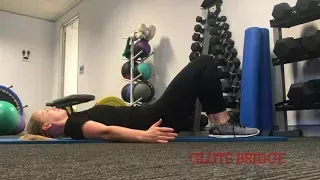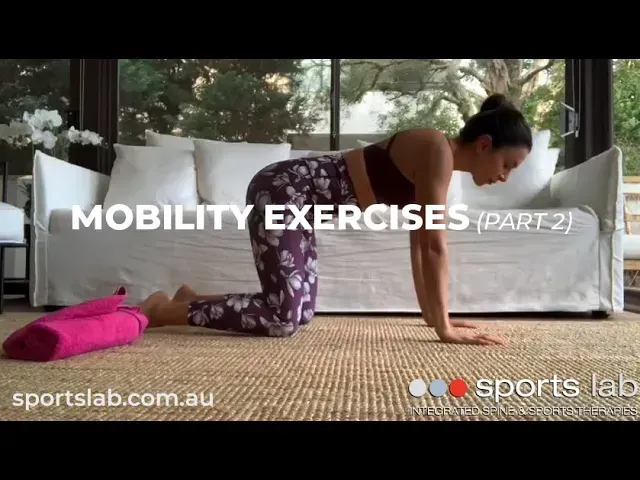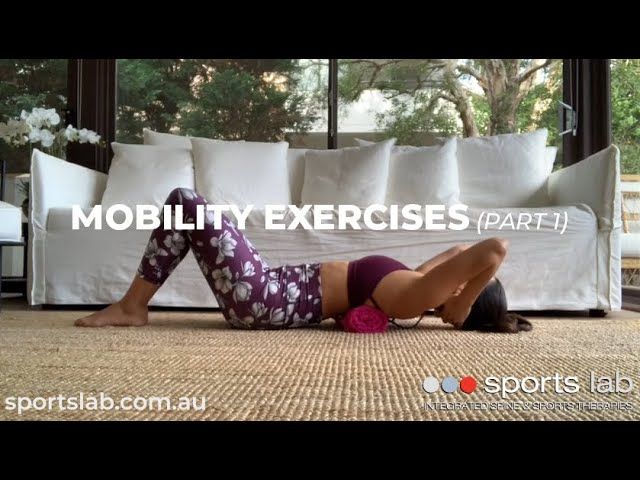Should I train through pain?
Debunking the Myth: Does Stretching Really Prevent Injuries?
Stretching has long been touted as an essential pre-exercise ritual to prevent injuries. We’ve all heard the advice to stretch before engaging in physical activity, with the belief that it helps loosen muscles, improve flexibility and reduce the risk of injuries. However, recent research and expert opinions have shed new light on this age-old practice. In this article, we will challenge the myth that stretching is a foolproof injury prevention technique and explore alternative approaches to safeguarding our bodies during workouts.
Myth: Stretching Prevents Injuries
Reality:
Static stretching before exercise might
not significantly reduce injury risk and can even
impact performance negatively.
Understanding the Types of Stretching
Before delving into the effectiveness of stretching as an injury prevention tool, it’s important to understand the two primary types of stretching:
- Static Stretching: This involves holding a stretch in a fixed position for an extended period, typically 15-60 seconds.
- Dynamic Stretching: Dynamic stretching involves active movements that gently take a joint or muscle through its range of motion without holding the stretch.
The Myth of Stretching as an Injury Preventer
For decades, stretching has been perceived as a means to warm up the body and reduce the likelihood of injury during exercise. The belief was that stretching increases blood flow to the muscles, improves flexibility, and reduces muscle tightness, thus preventing strains and sprains. However, recent studies have cast doubt on these assumptions.
Research Findings
Several studies have shown that static stretching before exercise can actually have adverse effects on performance and may not significantly reduce the risk of injury. For example, static stretching before exercise may be associated with decreased strength and power in the stretched muscles, potentially hindering performance during activities that require explosive movements. Furthermore, stretching before running has not been found to significantly reduce injury risk. In fact, evidence suggests that dynamic warm-up routines, which involve movements that mimic the exercise to come, may be more beneficial in preparing the body for physical activity and reducing injury risk.
Dynamic Warm-Up: An Effective Alternative
Dynamic warm-up routines have gained popularity as an alternative to static stretching before exercise. Unlike static stretching, dynamic warm-ups involve active movements that aim to resemble the activities to be performed during the workout. These movements gradually increase the heart rate, activate the nervous system, and improve joint range of motion.
Benefits of Dynamic Warm-Up:
- Enhanced Blood Flow: Dynamic warm-up exercises increase blood flow to the working muscles, enhancing oxygen and nutrient delivery, which aids in better performance.
- Improved Flexibility: Active movements through the full range of motion can improve joint flexibility and mobility, reducing the risk of muscle imbalances and injuries.
- Neurological Activation: Dynamic warm-ups activate the nervous system, promoting better muscle coordination and response time during exercise.
Stretching for Recovery and Flexibility
While the evidence suggests that static stretching before exercise may not be the best injury prevention strategy, it may still hold value in other contexts. For example, if stretching is part of your post-workout routine and you feel a benefit from it, then it may help to promote recovery in reducing muscle tightness and encouraging flexibility. In other words, if it feels good, do it!
Conclusion
The notion that stretching before exercise is a surefire way to prevent injuries is a myth that has been challenged by scientific research. While static stretching may not be the most effective pre-exercise strategy for injury prevention, dynamic warm-up routines have shown promising results. By incorporating dynamic movements that mimic the workout to come, we can better prepare our bodies for the physical demands of exercise. Nevertheless, stretching remains a valuable practice for post-workout recovery and maintaining flexibility. As with any fitness routine, it’s essential to tailor our warm-up and stretching strategies to suit our individual needs and goals.
Remember, injury prevention is a multifaceted approach that encompasses proper form, adequate rest, and balanced training, all working together to keep us safe and injury-free during our fitness journey.
Want more information about running and/or injury prevention?
Book in for a consultation or an assessment with one of our Sports Lab physios today!
This article was written by Sports Lab Physiotherapist and Runner, Matthew McFadden.










